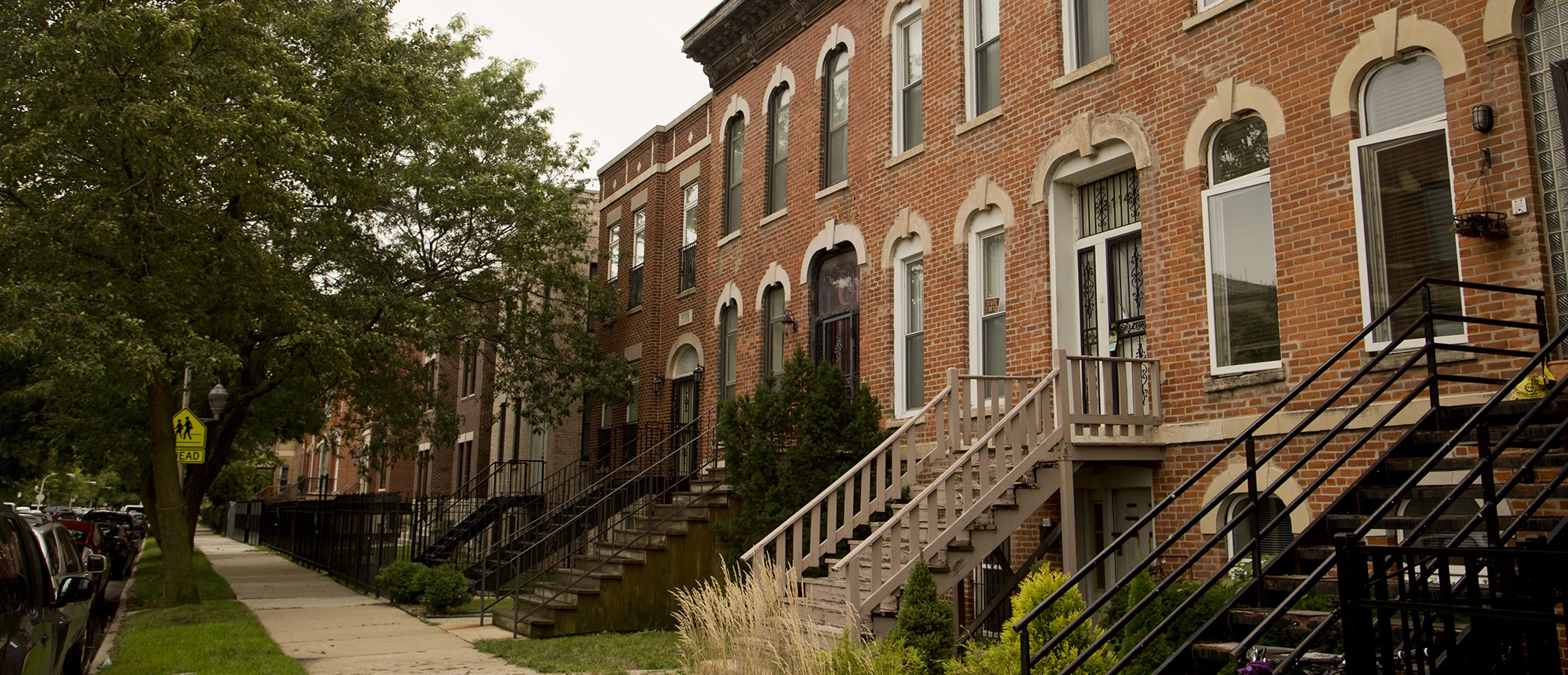History in Bronzeville
Trivia
Chess Records - First Location at 4750 S Cottage Grove Ave
In 1955, Chess Records was located at 4750 S Cottage Grove Ave, in the heart of Bronzeville Chicago. The record label, founded by two Jewish immigrants from Poland, Leonard and Phil Chess, was busily releasing blues and R&B hits by the likes of Muddy Waters and Howlin' Wolf, when Chuck Berry, a St. Louis native, wandered into the studio. Berry said he caught the tail end of a Muddy Waters gig the night before and that, during some post-concert chit-chat, Waters sent him to see the Chess brothers. Berry auditioned a self-penned tune called "Ida May," and the Chess Brothers liked it, but encouraged him to change the name of the song. He returned home to St. Louis then drove back to Chicago a few days later and recorded "Maybellene." The song was released later that year and went to #5 on the pop charts. Rock 'n' roll has never been the same since. Berry went on to write and record a slew of rock 'n' roll standards, including "Johnny B. Goode," "Roll Over Beethoven," "Sweet Little Sixteen," "Rock 'n' Roll Music," and "Memphis."
Chuck Berry continues to perform well into his 80's, although he nearly collapsed onstage at the Congress Theater in Chicago on January 1, 2011, forcing the cancellation of the show.
The more famous Chess Records location, 2120 S. Michigan Ave in Chicago, was designated as a Chicago landmark on May 16, 1990.
Erring Women's Refuge
The Erring Women's Refuge gave prostitutes education, job training, and medical care in hopes of getting them out of the sex trade. It operated at 3111 South Indiana Avenue from 1865 to 1890.
First Non-Segregated Hospital in the United States
In 1891, African-American surgeon Dr. Daniel Hale Williams founded the first non-segregated hospital in the United States at 550 East 51st Street.
The Stroll in Bronzeville
In the 1910's and 1920's, the Stroll was one of the most vibrant centers of economic and entertainment activity in urban black America, second only to Harlem. Stretching along South State from 26th to 39th Streets in the Bronzeville neighborhood of Chicago, the Stroll was home to practically all the major jazz clubs and more than a few pool halls, vaudeville theaters, movie houses, chop suey parlors, beauty parlors, and brothels. Band leader Eddie Condon once said that, on the Stroll, you could hold a trumpet in the air and it would play itself. The neighborhood never slept. It was the place to see and be seen in African-American society. Between 1916 and 1930, at least 75,000 southern immigrants arrived on the South Side of Chicago, and the Stroll was instantly the new center of their universe. Here, at 35th and State Streets, was the heart of the stroll.
According to the Encyclopedia of Chicago, the opening of the Savoy Ballroom at 47th and South Parkway (now King Drive) effectively killed the Stroll and became the new center of black nightlife. During the period of the Great Migration, there was a segregated “black belt” that confined African-Americans largely to a strip extending along State Street from the South Loop to 63rd Street. The Stroll was in the heart of this region.

